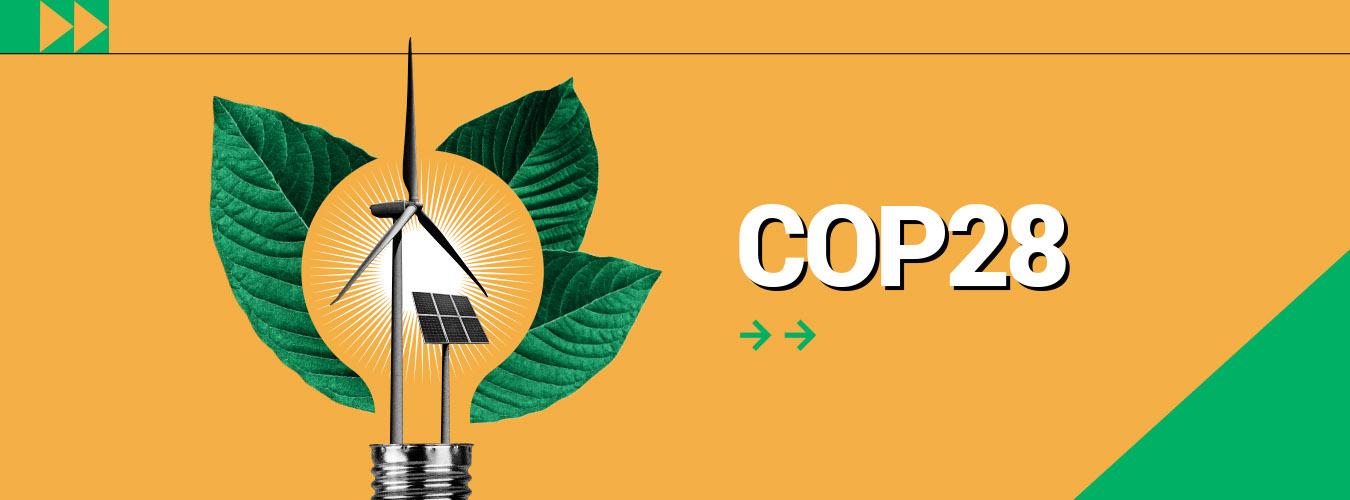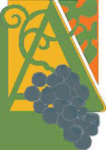lummi island wine tasting dec 15 ’23
Winter Hours: Open Fridays 4-6pm

Happy Holidays!
We will be open both Fridays before Christmas for wine tasting and sales, 12/15 and 12/22.
January reopening will probably 1/12, depending on some possible changes in the bread delivery schedule.
Friday Bread Pickup This Week…

Black Pepper Walnut- made with a nice mix of flours, bread flour, fresh milled whole wheat and rye. A fair amount of black pepper and toasted walnuts give this bread great flavor with just a bit of peppery bite to it. Works well with all sorts of meats and cheese- $5/loaf
Four Seed Buttermilk – Includes all the elements of whole wheat, adding cracked wheat and bran in to the bread flour instead of milling whole wheat berries. It also has buttermilk and oil for a tender bread and a little tang, and finished with a bit of honey and sunflower, pumpkin, and sesame seeds and toasted millet $5/loaf
and pastry this week…
Morning Buns – Made popular by Tartine Bakery in San Francisco…mine are made with the same laminated dough as croissants. The dough is rolled out, spread with a filling of brown sugar, orange zest, butter and cinnamon, rolled up and sliced before baking. 2/$5
Island Bakery has developed a lengthy rotation cycle of several dozen breads and pastries. Each Sunday Janice emails the week’s bread offering to her mailing list. Orders received before Wednesday will be available for pickup at the wine shop each Friday from 4:00 – 5:30 pm. Go to Contact us to get on the bread email list.
This week’s wine tasting
Marchetti Verdicchio dei Castelli di Jesi Classico ’21 Italy $14
Verdicchio/ Malvasia blend using only free-run juice; pale straw color with green overtones; intense bouquet of citrus, lemon zest, and floral notes,with complex fruity character, and crisp, well-balanced palate.
Sanguineti Morellino de Scansano ’21 Italy $14
Soil of river stones, quartz, sea shells; flavors of sun-ripened, slightly smoky fruit, fresh cracked pepper, sage, and ocean brine; taut structure and a long, slightly smoky finish.
Lancyre Pic St Loup Vielles Vignes ’17 France $16
100 % malbec; unfolds with dark, enchanting notes of blackberry, grilled plum, and jammy raspberry with accents of orange peel, vanilla, and tobacco spice, finishing with balanced structure, plush texture, and a lengthy finish.
Lovo Fior d’Arancio Sparkling Moscato ’18 Italy $15
A very rare clone of Moscato with an unmistakable citrus scent from nearby orange groves for a sparkling wine with refined bubbles and beautiful, pearlescent color, a perfect accompaniment to dessert, or maybe dessert all by itself!
Wine of the Week: Marchetti Verdicchio di Castelli di Jesi Classico ’21 Italy $14

The Marche wine region reaches east from the mountainous spine of Italy to the Adriatic. This week’s low-yield Verdicchio is a hallmark of the varietal, with refreshing citrus fruits, playful acidity, and complex minerality. Made only with juice from a gentle half-press, it is precise and engaging.
Established in 1968 as a DOC of 18 hilly communes, the Verdicchio Classico, or Castelli di Jesi, region, is located some 35 kilometers inland from Ancona, an unusual wine region near the Adriatic coast where red grapes are grown close to the sea, and white grapes prefer to be slightly inland. The distinction of being “Classico” is a recognition that “this is what wine from this grape is meant to taste like!”
Wine history of the region dates back to the Romans and before, with some clay artifacts such as amphorae dating the region’s wine production back to the Iron Age. These days, the verdicchios from the region have developed a consistent quality and tasting profile that sets them apart.
Economics of the Heart: Getting on Track Against Climate Change

The world has known for many decades about the linkage between fossil fuels and global warming. Numerous studies contracted by the oil industry as early as the mid-seventies pioneered effective methodologies for assessing the financial, social, environmental, and economic impacts of these projected changes.
Over the years the broad impacts predicted by those early models have proved surprisingly accurate in modeling how increased greenhouse gases would affect patterns of atmospheric and oceanic circulation, evaporation, rainfall, winds, flooding, ocean currents, ice cap responses, all of it. I had a part in one of those studies in 1980 looking at the possible impacts of global warming on world fisheries.
While I was skeptical that the political and economic power of the fossil fuel industry was likely to allow meaningful or timely response to this very serious environmental threat, I never dreamed the industry would not only delay action for four decades, but also go to considerable expense to downplay any threat of global warming, (and probably supplying Reagan with his quip that it had more to do with livestock farts than fossil fuels.) The whole world would not be in the mess it is today if energy industry executives had chosen to help rather than delay and obfuscate– as, we presume, they had been taught to do in business school.
Well, hopefully the decisions of this latest COP 28 will prove better late than never. The resultant unanimous agreement at this meeting seems due to the work of the the High-Level Expert Group on the Net-Zero Emissions Commitments of Non-State Entities, a special committee formed by the Secretary-General of the UN specifically to increase the likelihood of success. The goal of the group was, in preparation for the recent COP23 meeting, to develop stronger and clearer standards for net-zero emissions pledges by non-State entities – including businesses, investors, cities, and regions – and speed up their implementation. The Group generated ten how-to recommendations for credible, accountable net-zero pledges for what non-State actors need to follow to achieve net-zero ambitions, a how-to guide for credible, accountable net-zero pledges.
Since it was launched last spring, the Group pursued its work amidst a persistent pandemic, the Russian invasion of Ukraine, global inflation, energy security concerns, and
increasingly destructive climate change‐fueled extreme weather around the world. Climate-related disasters have been most acutely felt in the world’s least developed countries, exacerbating the debt crisis they already face and underlining how the developed economies exported the environmental costs of their years of inaction onto the poorest societies.
This is apparent when we see that the Top Five global emitters (China, US, India, EU, and Russia) accounted for about 60 per cent of greenhouse gas emissions in 2021, and the Group of 20 (Argentina, Australia, Brazil, Canada, China, France, Germany, India, Indonesia, Italy, Japan, Republic of Korea, Mexico, Russia, Saudi Arabia, South Africa, Turkey, the United Kingdom, the United States, and the European Union) are responsible for about 76 per cent of global greenhouse gas emissions.
Read more on UN and climate action:
Transforming climate issues into action
“Integrity Matters: Net Zero commitments by Businesses, Financial Institutions, Cities and Regions”
If you enjoyed this post, please consider to leave a comment or subscribe to the feed and get future articles delivered to your feed reader.

 2072 Granger Way
2072 Granger Way